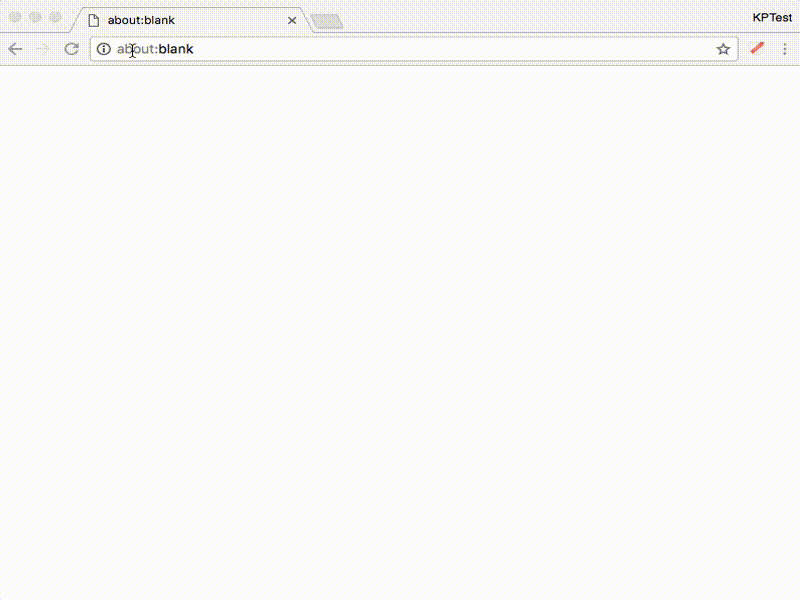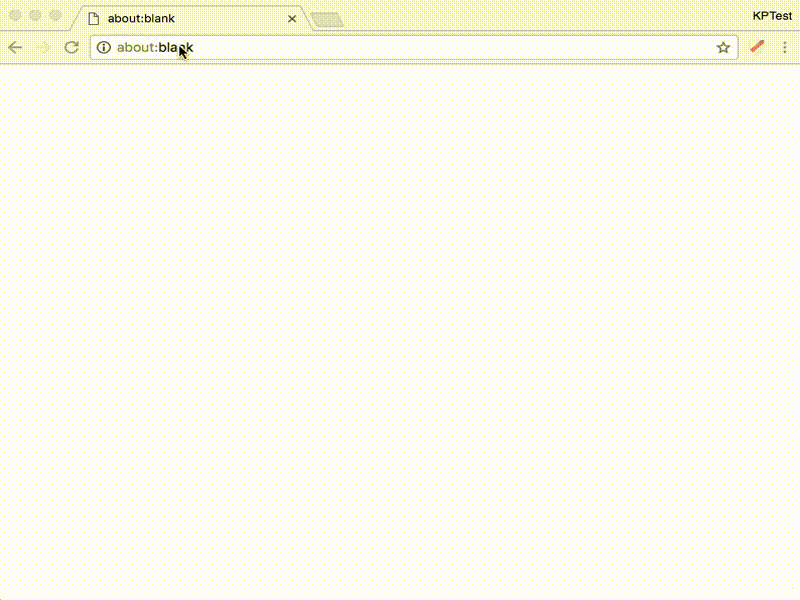A browser extension for Chrome and Firefox which provides zero-hour phishing protection.
Latest stable release https://github.com/spotphish/spotphish/releases/latest
SpotPhish is a Chrome extension which provides zero-hour phishing protection by creating large visual differences between legitimate sites and phishing pages which attempt to mimic them.
Attackers can automatically create thousands of customized phishing emails, domains and pages which, being newly minted, cannot be caught by the blacklist-based methods present on most browsers. High-value individuals and employees of sensitive organizations are especially vulnerable to such zero-hour phishing attacks.
The extension increases the contrast in user experience between browsing a genuine page versus an imitation page in the following manner:
- Visiting a genuine page triggers a popup with a personal security image, which is displayed for a few seconds.
- Screenshots of the active browser tab are taken and compared with "mugshots" of protected pages. The user is alerted if the current page visually resembles a protected page, but belongs to an unknown domain.
Screenshots are processed locally in the browser and discarded immediately; they are not stored or sent to an external site. More information and technical details here.
Real Paypal login page
Paypal phishing page
To get this running from the source code on your local machine:
- Clone this git repository
- Navigate to "chrome://extensions".
- Click the checkbox next to "Developer mode" in the upper right hand corner.
- Click the "Load unpacked extension..." button below the "Extensions" title.
- Select the "spotphish" folder from your filesystem
- Existing pages will not be affected; reload for protection
Once the plugin is installed, try visiting the following links:
-
Paypal real login page: You should see a popup with a security image, which will fade in a few seconds. This is an indication that the page is a protected page and its URL has been verified.
-
Paypal phishing sample (Don't worry, it's harmless): This page contains a screenshot of a Paypal phishing page and will trigger an alert warning about possible phishing.
To customize the behaviour of the plugin, click the icon at the right of the address bar and select Settings.
Your security image is flashed in a popup whenever you visit a protected page. It is an indication that the page URL has been verified and it is safe to enter your credentials. This image is common across all protected pages.
Some points to keep in mind while choosing a security image:
- An image with personal and emotional significance works better than generic defaults.
- Choose an image you would miss if it didn't show up. Pictures or animated gifs of pets, loved ones, favorite movie clips are good choices.
- Pick an image which is not publicly associated with you, like your profile pictures or photos shared on social media.
To upload an image, or to change the selected image, visit Settings → Security Image.
Protected pages are webpages being monitored by the plugin, as they are potential targets for phishing attempts. Protection comes in two flavours:
-
Basic: Your security image is flashed in a popup whenever you visit a protected page. This means the page URL has been verified to be genuine and you can safely enter your creds.
-
Enhanced: The extension has a "mugshot" of the protected page - a distinctive snippet by which most people would identify the page. In addition to flashing the security image when the original page is visited, the extension monitors all browsing activity, taking periodic snapshots of the active tab. It raises an alarm if the mugshot is present anywhere the snapshot of the current page, and the current page does not belong to a known, safe domain.
Basic mode has negligible overhead and can be turned on for any number of pages. The image comparison in enhanced mode is done using computer vision techniques, and adds some CPU overhead. Therefore, we optimize it to run only under certain conditions: if the page contains a visible password field and is not part of a safe domain. The domain of a protected page is automatically enrolled as a safe domain, i.e. one which is highly unlikely to host phishing pages.
Login pages of popular and heavily-phished sites like Google, Facebook, Amazon and Paypal are protected out of the box. To protect any other login page, say of your bank, visit the page containing the login dialog, click on the SpotPhish icon to the right of the address bar and select Protect Page.
If you want enhanced protection, you will be prompted to select the "mugshot" of the page. Select the area which distictly identifies the brand and function of the page from other such pages - the logo, or login dialog are good choices.
You can manage protected pages from the Settings page of the plugin.
To remove protection from a page, visit Settings → Protected Pages and disable or remove the desired page.
A safe domain is one which is well managed, secure and highly unlikely to host phishing pages. These include Google, Facebook, Amazon and every domain for which we have added a protected page. We skip enhanced mode checking for these pages and reduce the CPU overhead. You can add and remove other domains to this list by visiting Settings → Safe Domains.
Domains which have been added because they host a protected page cannot be removed from this tab.
-
I'm getting a lot of false alarms on this site!
If you trust the site, consider adding it to Safe Domains. -
No, really, why does it think this page looks like Amazon?
Look at the correspondence image shown in the red warning dialog - the mugshot of the protected page and the current page side by side, with green lines connecting the corresponding features. You can view a larger version of this image by right-clicking and selecting the browser's Open Image in New Tab. The current image matching strategy is very much a work in progress; it might consider two pages alike which look very different to the human eye. -
This page looks like a protected page, but I didn't get warned!
If a mugshot of the protected page exists (enhanced mode), it might still fail to trigger a warning due to limitations of the image matching code. The less a fake page resembles the original protected page, the less likely it will trigger a warning. You will not get a warning in the following cases: * The page had only basic protection - no mugshot.` * The current page is part of a safe domain. * The current page does not contain a password field.
This project is inspired by the paper The Future of Ad Blocking by Storey et al, which introduces a novel perceptual ad blocking technique. It ignores HTML markup and blacklists and uses lightweight computer vision techniques to "see" the page like a human and recognize features of the ad (like the AdChoices icon) which must be present for regulatory purposes.
We observe that the same constraint holds for phishing - HTML markup may be obfuscated, blacklists may be thwarted, but at the end of the day, the rendered phishing page must look, in human eyes, very similar to the page it imitates. Thus, it can be identified by computer vision techniques.
Components used and their licenses
| Component | License |
|---|---|
| JSFeat | MIT |
| JCrop | MIT |
| Screenshot Capture | MIT |
| Material Design Lite | Apache 2 |
| IDBWrapper | MIT |
| JQuery | MIT |
| Ad Blocking | MIT |
| Shield icon | CC BY-SA 3.0 |
MIT
Email us at dev@spotphish.com or follow @spotphish.

